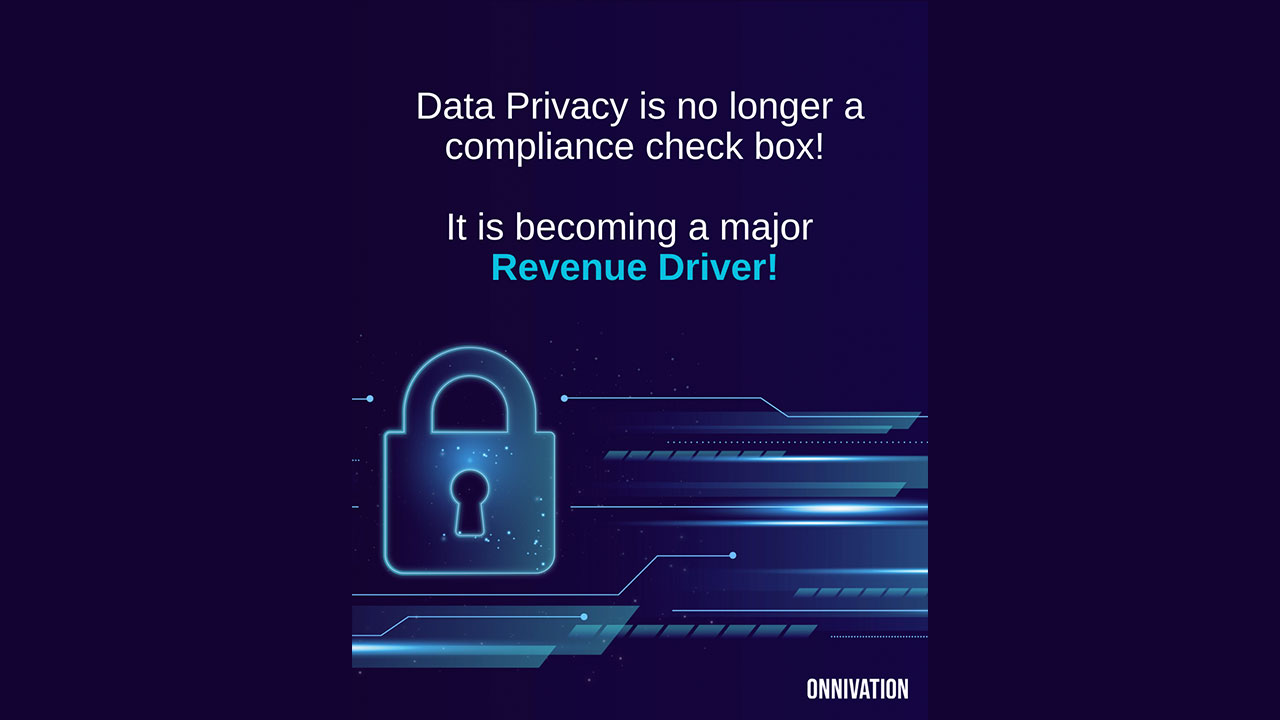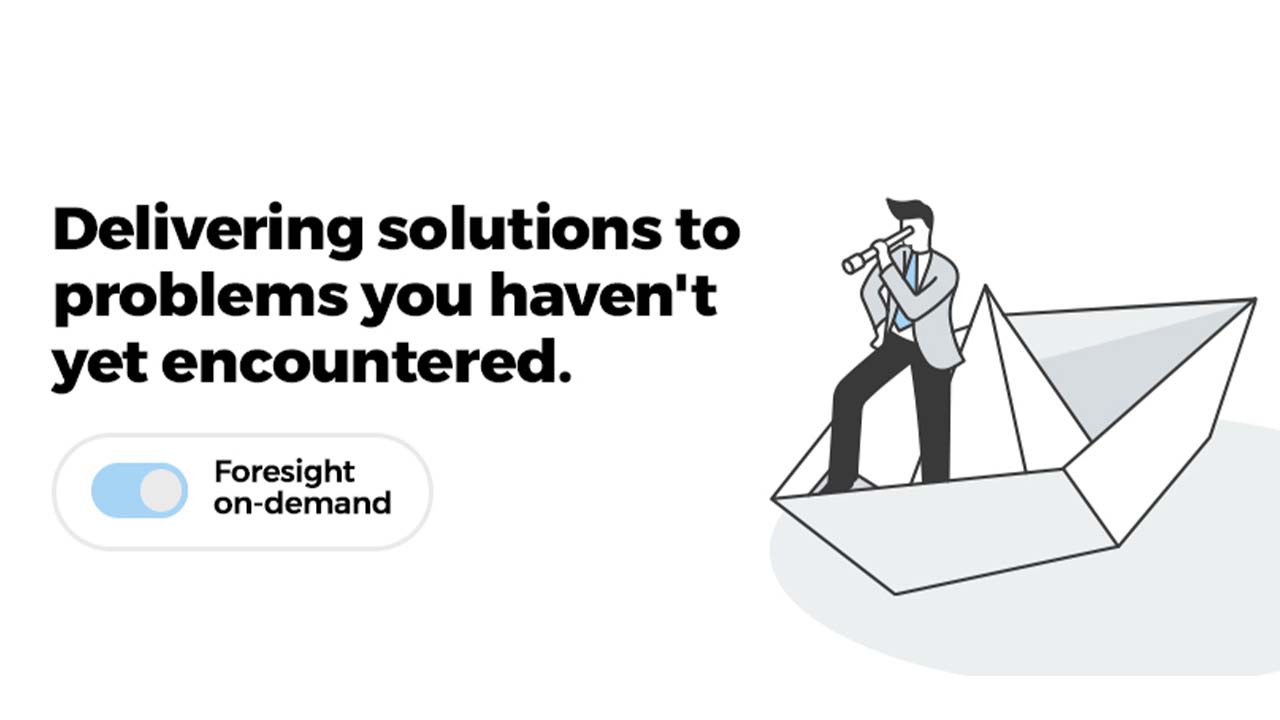

A global market survey of the log management market found that medium sized enterprises generate about 100s of gigabytes of data or more than 20 million logs per day. So it becomes pertinent to investigate and understand why businesses would spend resources on generating, storing and managing such high volumes of data.
While digital transformation is the norm for most new businesses, the recent pandemic has accelerated the number of access points and endpoints for users and businesses, leading to a rapid increase in event log data. For instance, grocery delivery apps like ‘Blinkit’ and food delivery apps like ‘Zomato’ have recently developed under 15-minute delivery models. Such models require rigorous planning and forecasting to identify demand centres, plan inventory and identify the location of supply nodes. This information needs to be identified and analysed for quick decisions, continuous improvement, and staying upbeat to the competition. This is impossible to do without creating logs.
The other big driver for log creation is to effectively analyse internal and external threat patterns – which covers the entire gamut from predicting downtime to discovering cybersecurity vulnerabilities. The scale of the downtime problem is so high that in the US, on average over 8,500 websites are reported to have an outage every hour (source). Amazon had a 40-minute downtime in 2013, which costed them USD 3.2 Million. Google, which also went down in the same year, lost about USD 0.6 million per minute during the 5-min downtime. In terms of cybersecurity, as of 2020, the average cost of a data breach was USD 3.86 million. This was because the average time to identify and contain a breach during the same period was a staggering 280 days. Creating threat intelligence by analysing logs can reduce downtime and reduce the time taken to identify a cyberattack, thus preventing huge losses.
To sum up, logs play a key role in understanding your system’s performance and health. Observability generates a true view of the system at any given point using a record of critical errors encountered by a running application, operating system, or server, and visualising them through interactive dashboard views. Further, AI and machine learning tools to infer information from the volume and flow of logs can automatically find the root cause of issues and surface anomalies to help organizations prevent an issue even before its occurrence.
Let’s take a deeper dive into the use-cases of log analysis:
Understanding the online user behaviour
With the help of log analysis, companies can re-create the exact journey of consumers in making a buying decision. These metrics can help in understanding the consumer behaviour and trends which aid in –
- Spotting opportunities to send notifications or newsletters to users at the right time and of right-products
- Managing the traffic loads
- Determining the traffic trend to plan down-time and maintenance
Improving operational efficiency
Application crashes are often listed as key reasons in the consumer churn rate. With the help of log analysis, the detection of system errors becomes faster and thus, critical issues can be resolved quickly improving the overall operational efficiency.
Improving cyber security
Logs are the most easily accessible method to track attackers as they contain important information such as IP addresses, client/server requests, HTTP status codes, and more. Log analysis can flag the detected anomalies so that the companies can quickly intervene and eliminate the threat
Ensuring compliance with security policies
All organisations that have payment integration are subject to multiple standards and industry guidelines to guarantee safety and functionality. Many are even required to log the data and analyse it regularly. This protects organisations against threats and also shows their willingness to comply with ISO, General Data Protection Regulation (GDPR), Health Insurance Portability and Accountability Act (HIPAA), Sarbanes-Oxley, PCI DSS, and other standards.
Why Coralogix?
Coralogix is a Tel Aviv-founded and now San-Francisco based observability tool that boasts of a customer roster of some of the largest and most innovative companies in the world. The key differentiators that set Coralogix apart from other log analytic players in the market today are:
Proactive and real-time log tracking
Coralogix instantly clusters millions of entries in real-time which can help companies troubleshoot bugs or customer queries quicker than anyone else. This is especially essential in today’s technology immersed world.
A revolutionary methodology for observability
Coralogix has several capabilities that make querying logs an enabler for observability by creating a real-time streaming analytics pipeline that provides monitoring, visualization and alerting capabilities.
Unique architecture to Ingest, Analyse & Index
The Coralogix Platform has created a patented Streama© technology that provides real-time insights and long-term trend analysis for better data prioritisation, thereby leading to better and faster decision making.
Effortless set-up and adoption
Coralogix has a plug-and-play set up for seamless implementation, and is the only platform that mandates an end-to-end ownership within their customer support to drive adoption and expansion for customers. By enabling users to define different data pipelines as per usage, Coralogix provides customers with deep insights for less than half the cost.

